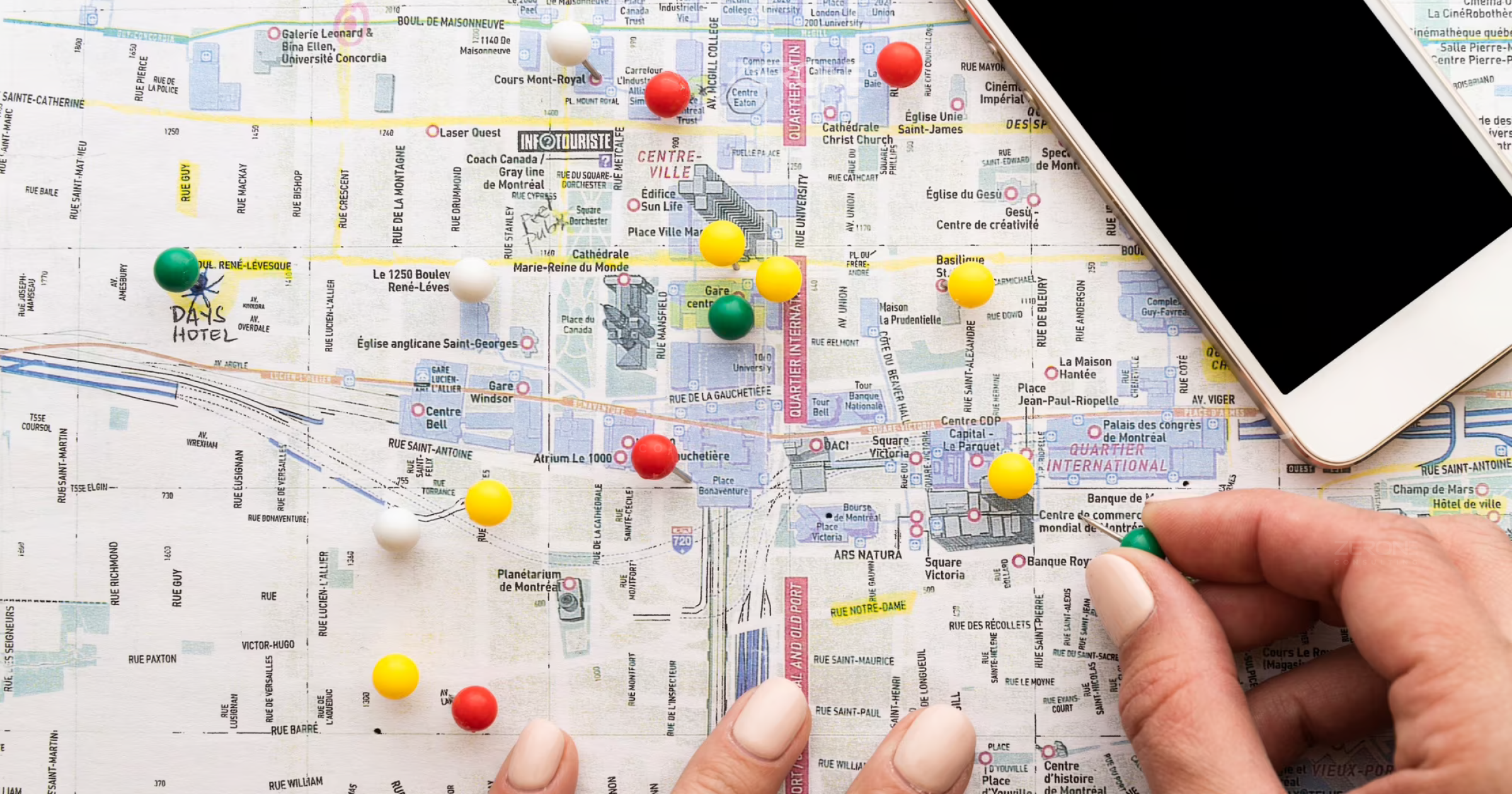Soon, Smart Speakers Will Aid Physicians in Medical Procedures
Smart speakers such as Amazon Echo, Alexa and Google Home have become an integral part of our living rooms. They offer a conversational voice interface to transform the way we manage our daily routines and control our homes. The smart speakers technology, so far customary to our living rooms can now be programmed to assist physicians in hospital operating rooms. A recent presentation at the Society of Interventional Radiology’s 2019 Annual Scientific Meeting demonstrated how Amazon Echo and Google Home can aid physicians during medical treatments at hospitals.
Dr. Kevin Seals, a fellow in Interventional Radiology (IR) at the University of California, San Francisco (UCSF) and one of the lead authors of this research says that, “When you’re in the middle of a procedure, you need to remain sterile, so you lose the ability to use a computer”. The smart speakers technology doesn’t require Radiologists to break the sterile scrub, as they offer a conversational voice interface that allows doctors to ask questions and retrieve information related to their patient treatments, more quickly and conveniently.
In the demo, the researchers from UCSF developed a device-sizing application for Google Home smart speaker that can process questions from a human voice and suggest recommendations related to the accurate sizing of medical devices. For instance, if an IR wants to know the sheath size to be used for implanting a stent in a patient’s blood vessel, the smart speaker can instantly and precisely communicate the correct size based on the specific conditions (as narrated by the IR), which helps the physician in making a final decision. With hundreds of new devices being introduced every day, it is difficult to determine the correct sizing or materials needed in every case. Customizing the smart speakers technology to address this scenario will allow physicians to focus more closely on the care of their patients and minimizes their time and energy spent on material selection or other device technicalities.
The literature review of around 475 Interventional Radiology devices was considered while developing the application to understand more about device size specifications. Dialogflow, a Google-owned development suite for creating conversational interfaces was used to implement Natural Language Processing capabilities into the application. Dialogflow helped in extracting the required information based on the input query. A Python script deployed to the cloud was used to perform logic operations and other data processing.
The researchers from UCSF have plans to develop this technology further and expand its scope to include details like material costs and inventory databases. Ready availability of these information will make treatments more efficient, cost-effective and beneficial to patients. Besides, the research aims to support physicians by gathering valuable data from electronic health records or patient clinical data such as allergies, treatment histories, or prior surgeries.
We can help!
Ibm Integration Bus: Internal Structure
#Technology
Integrating Openstreetmap To Your Website
#Technology



